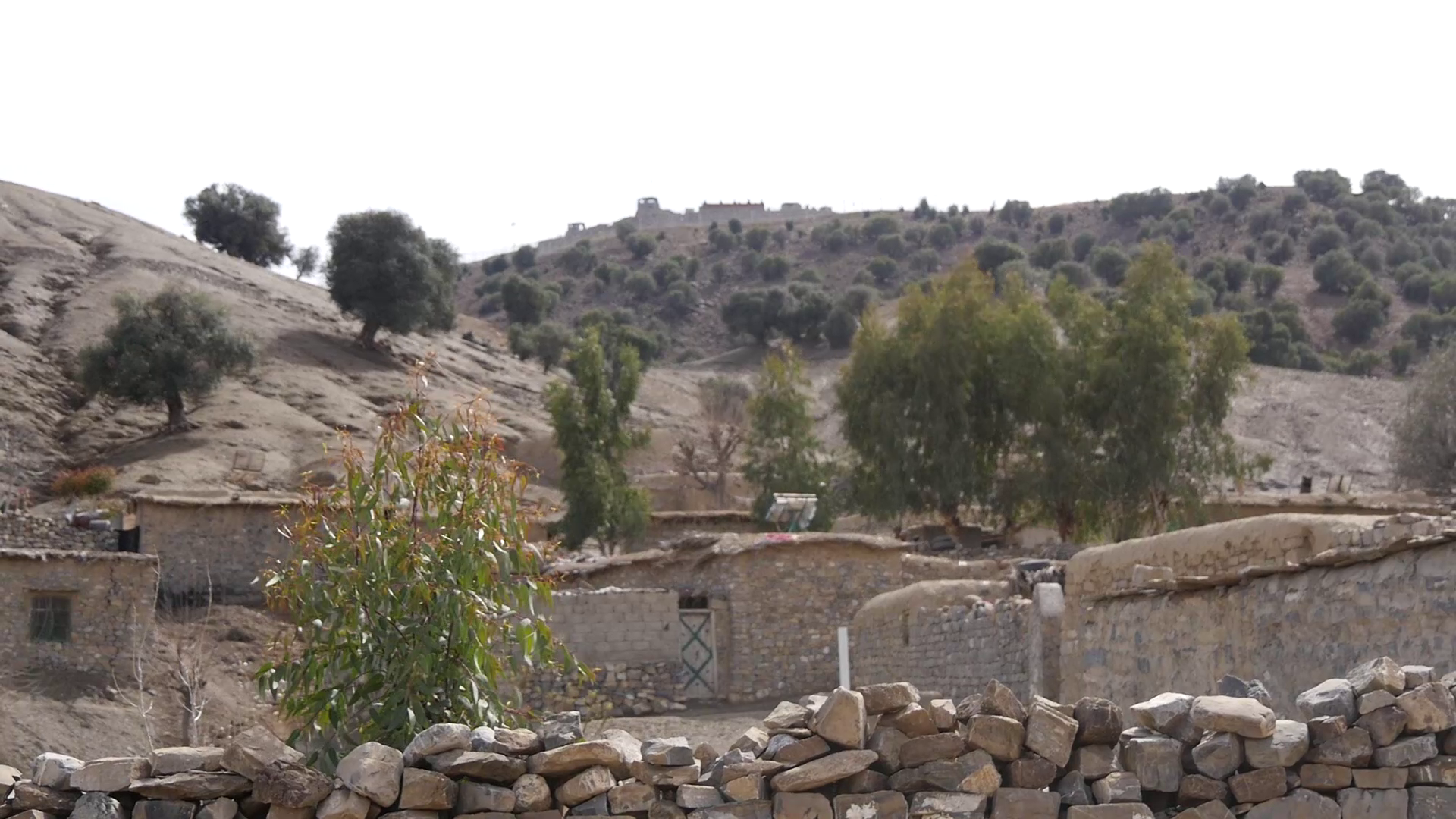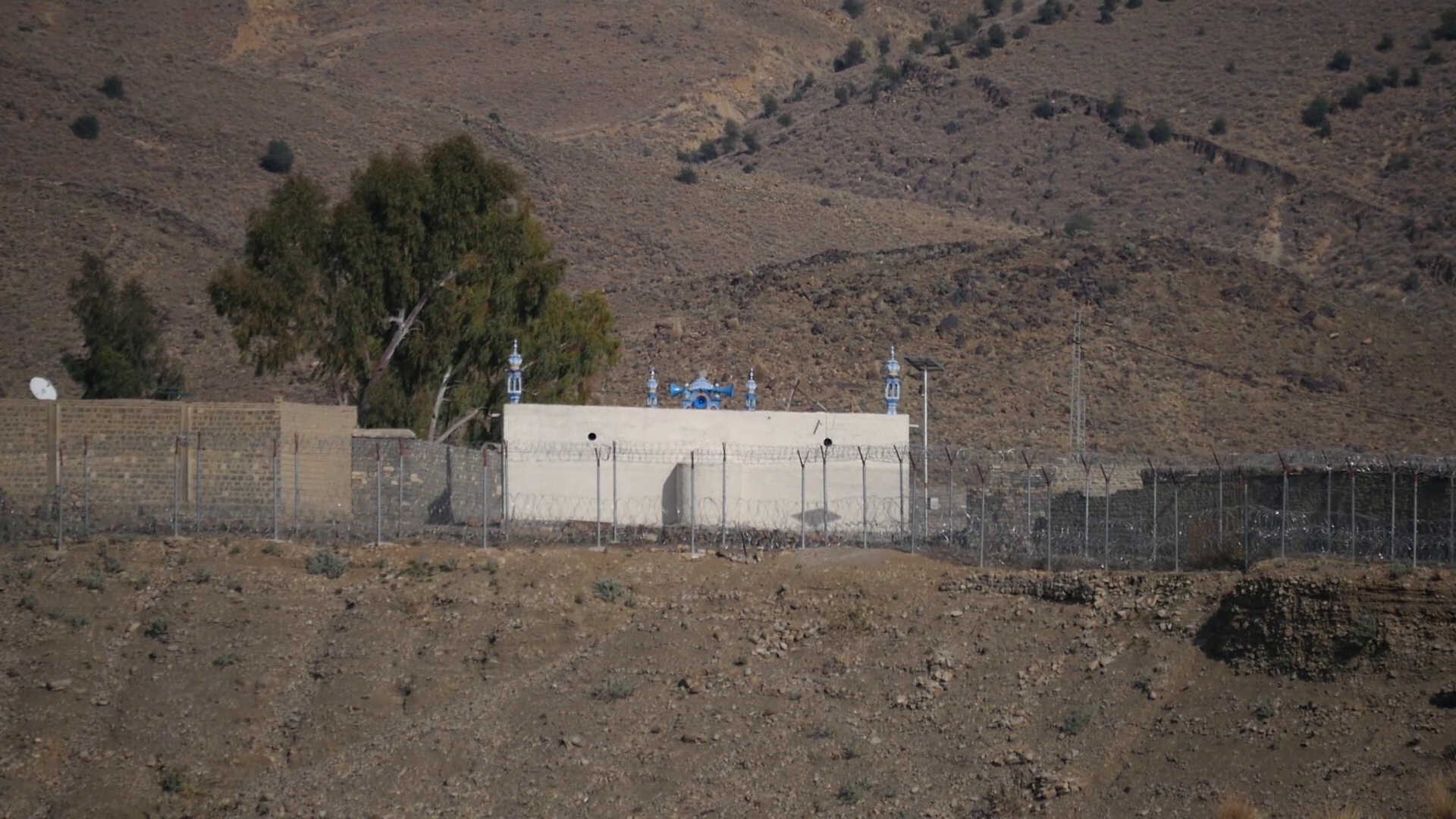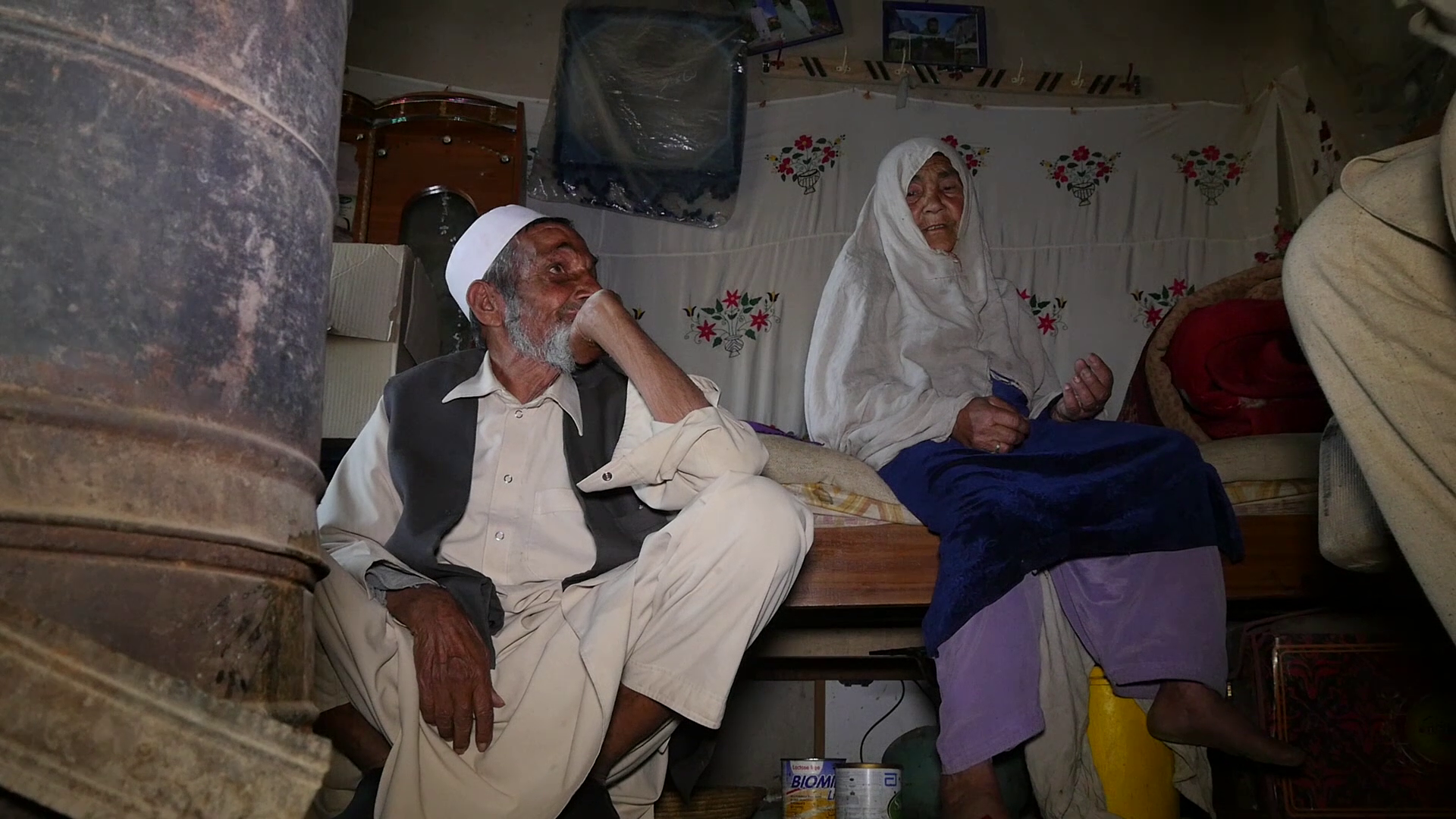The Pakistani military’s fencing along the Durand Line – the de facto border between Afghanistan and Pakistan – has separated “many families” who have lived in the area for decades.
The residents of Badshah Khan village in Gurbuz district – almost 30 kilometers to the southwest of Khost city – said their village has been divided into two parts by the Pakistani military fencing.
Badshah Khan village is located near Ghulam Khan village which is a border town between Afghanistan and Pakistan. One part of the town sits in North Waziristan and the other half in Khost province of Afghanistan. It is the third busiest border crossing between the two countries, after Torkham and Chaman. The people in the area are all ethnic Pashtuns.
The Badshah Khan residents said they no longer have access to some schools, a health center and a market after the fencing was completed in their area.
Badshah Khan village is located on a hilltop and around 40 families are living there. The fences built by the Pakistani forces are easily visible for the residents. Some houses and a mosque which were previously owned by Badshah Khan residents have now remained on the other side of the fence.

TOLOnews reporters Tamim Hamid and Abdulhaq Omeri, who visited Badshah Khan village, said the main road which connects Khost city with the village has been closed by Pakistani forces and that they used an alternative route to get to the village for making the report.
In 2017, Pakistani military announced that they have resumed work on fencing along the Durand Line, apparently with the aim to stop insurgents from crossing the de facto border. The total length of the border is over 2,600km.
On December 2018, Pakistani military spokesman Gen. Asif Ghafoor said in a tweet Pakistan establishes forts along the Duran Line and will continue fencing.
“Work on forts and fence continues on Pak-Afghan border. Total length 2,611km. Work on 233 of 843 forts and 802 of 1,200km completed. Aiming speedy completion in pri 1 areas, overall completion [is expected] by Dec 2019. Shall benefit peaceful people of Pakistan and Afghanistan while restricting terrorists,” he said in the tweet.
But the plan for fencing dates back to 2003, following the US-led coalition operation in Afghanistan that resulted in collapse of Taliban regime. The construction work at that time, however, was not as serious as in 2017.
The move, however, was criticized by the Afghan government, but the fencing did not stop.
“We had a big village. Around 40 to 50 families of our village have remained on the other side of the fence and at least 30 families are now livingon this side,” said Noor Mohammad, a resident of the village. “This is a very big problem for us. For instance, if one day someone’s brother dies onthe other side of the fence, he will not be allowed to attend his funeral.”
Niaz Wali, 35, who recently has returned to the village said one part of his family is on the other side of the fence and that they cannot meet each other.
“My father has six brothers. Now, three brothers of mine are on the other side and three others are on this side of the fence. All our relations and customs we used to have together, have been stopped since the fencing,” Wali said.

The Badshah Khan residents accompanied Hamid and Omeri to the house of two an old couple, Shinkai and Arsala Khan, who are 90 and 86 years old. They fell in love in this village, got married there and are still living there.
One of their sons, who is married, has been stuck on the other side of the line for the past two years and they have not seen each other since then.
Shinkai, 90, cannot speak due to an illness, but her husband, Arsala Khan, also did not show an interest for talking to TOLOnews, because at first he thought the reporters are from Pakistan.
“What should I say that who is Afghan and who is Pakistani?” he asked. “It is two and half years that I have not seen my son,” Khan added.


